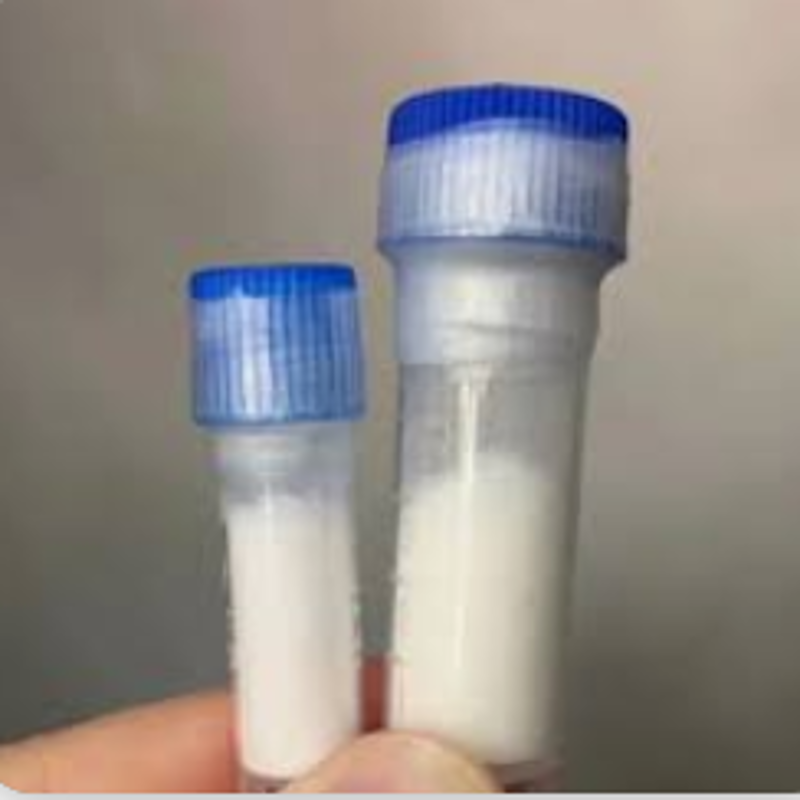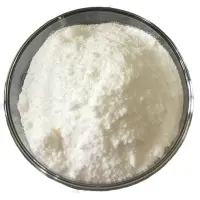-
Categories
-
Pharmaceutical Intermediates
-
Active Pharmaceutical Ingredients
-
Food Additives
- Industrial Coatings
- Agrochemicals
- Dyes and Pigments
- Surfactant
- Flavors and Fragrances
- Chemical Reagents
- Catalyst and Auxiliary
- Natural Products
- Inorganic Chemistry
-
Organic Chemistry
-
Biochemical Engineering
- Analytical Chemistry
-
Cosmetic Ingredient
- Water Treatment Chemical
-
Pharmaceutical Intermediates
Promotion
ECHEMI Mall
Wholesale
Weekly Price
Exhibition
News
-
Trade Service
(Top) 3D schematic diagram of the ventricular system, from the sagittal position, shows the normal structure and transportation path
(Bottom) The subarachnoid space (blue) filled with cerebrospinal fluid located between the arachnoid membrane (purple) and the pinomens (orange) is depicted by the sagittal midline of the longitudinal fissure of the brain
(left) 18 months of age, severe hydrocephalus, axial T1WI C+ showing choroid plexus papilloma
(Right) Middle-aged woman with axial T1WI C+ showing a smooth, lobed, significantly strengthened choroidal plexus mass
(Left) 72-year-old male with mental retardation
(Right) 33-year-old patient with headache, axial T1WI C+ showing uneven strengthening of the left ventricle body "foam-like" lesion
(Left) In a 3-year-old epilepsy patient, axial FLAIR shows a high-signal mass
(Right) In a 65-year-old headache patient, axial FLAIR shows a case of an interventricular hole (Morno hole) mass with a gelatinous cyst
(Left) Coronary T1WI shows a pronounced false mass (white arrow)
(Right) Axial T1WI C+ shows transependymal cerebrospinal fluid flow leading to lateral enlargement of the third ventricle and blurring of the boundaries
(Left) 2-year-old patient with ataxia, nausea, vomiting
(Right) 52-year-old woman with paroxysmal headache, nausea, and vomiting
(left) Axial FLAIR shows multifocal hypersignaling
(Right) Axial FLAIR shows intraoccipital hypersignal artifacts secondary to cerebrospinal fluid inhibition insufficiency
: ,







